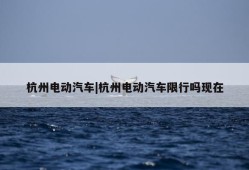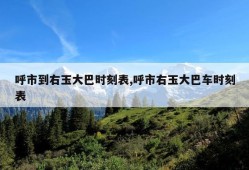地图翻译成英语(地图的翻译怎么写)
- 旅游攻略
- 2023-05-05
- 154

Abstract: This article discusses the translation of maps into English. The article is divided into four sections that cover various aspects of map translation and provide useful insights into the process. The first section explores the challenges of accurately translating geographic terms, while the second section focuses on how cultural context can impact map translation. The third section discusses best practices for translating place names, and the final section examines the importance of considering the intended audience when translating maps. Overall, this article provides valuable guidance for anyone who needs to translate maps into English.
1. Accurately Translating Geographic Terms
When it comes to translating maps, one of the most significant challenges is ensuring that geographic terms are accurately translated. Geography is a complex field, and many geographic terms have nuanced meanings that can be difficult to translate. For example, some terms may have different meanings depending on context or geographic region. Additionally, some geographic terms may not have direct equivalents in other languages, which can make translation particularly challenging.
To accurately translate geographic terms, it is essential to have a solid understanding of both the source language and the target language. This requires not only fluency in both languages but also a deep understanding of the cultures and geographic regions where these languages are spoken. It is also important to research the specific geographic area represented by a map in order to fully understand the meaning and context of particular terms.
To overcome these challenges, professional map translators often work with subject matter experts to ensure that their translations are accurate and culturally appropriate. They may also use specialized translation software and tools to help them with their work.
2. The Impact of Cultural Context on Map Translation
Another crucial element to consider when translating maps is the role of cultural context. Maps are often tied to specific cultural, social, and political contexts, and these contexts can have a significant impact on how the maps are translated. For example, political and social factors may influence how certain locations are depicted or named on a map.
When translating maps for an international audience, it is important to recognize and address cultural differences to ensure that the map is accurately and appropriately translated. This may involve making changes to the map to reflect local norms and customs, such as adjusting the orientation of a map or altering the symbols used to represent certain features.
Another way to address cultural differences in map translation is to provide annotations or additional information to give context to the map. This can help readers understand the significance of particular locations or features and how they relate to the cultural and historical context of the area being represented.
3. Best Practices for Translating Place Names
Translating place names is a critical aspect of map translation. Place names often contain hidden meanings and cultural significance, and an inaccurate or inappropriate translation can cause confusion or even offense. Therefore, it is important to follow best practices when translating place names on maps.
One key best practice is to avoid literal translations whenever possible. Literal translations can result in awkward-sounding names that do not reflect the cultural context or meaning of the original name. Instead, it is often better to translate place names based on their meaning and cultural significance.
Another best practice for translating place names is to use transliteration when appropriate. Transliteration involves representing a name in the target language by using the sounds of the source language. This can be helpful when there is no direct equivalent for a place name in the target language. However, transliteration should be used carefully and supplemented with additional context when necessary to ensure accuracy and clarity.
4. Considering the Intended Audience When Translating Maps
The final aspect to consider when translating maps into English is the intended audience. Different audiences may have different needs and expectations when it comes to maps, and this can impact how a map should be translated. For example, a map intended for a general audience may need to use simpler language and include more annotations to help readers understand key features, while a map intended for experts in a particular field may use more technical terminology.
When translating maps, it is important to consider the needs and expectations of the intended audience. This may involve working closely with the people who will be using the map to ensure that it meets their specific requirements. By tailoring the translation to the needs of the intended user, you can ensure that the map is accurate, clear, and easy to understand.
Conclusion:
In conclusion, translating maps into English requires careful consideration of a range of factors, including accurate translation of geographic terms, cultural context, best practices for translating place names, and the needs of the intended audience. By following these guidelines, map translators can create accurate and culturally appropriate maps that effectively communicate information to their intended users.
Overall, map translation is a complex process, but one that is essential for ensuring that people can access and understand information about the world around them.






















